Can You Grow Lavender Indoors? Tips, Tricks, and How to Guide
-
Shea Cummings
- Last updated:
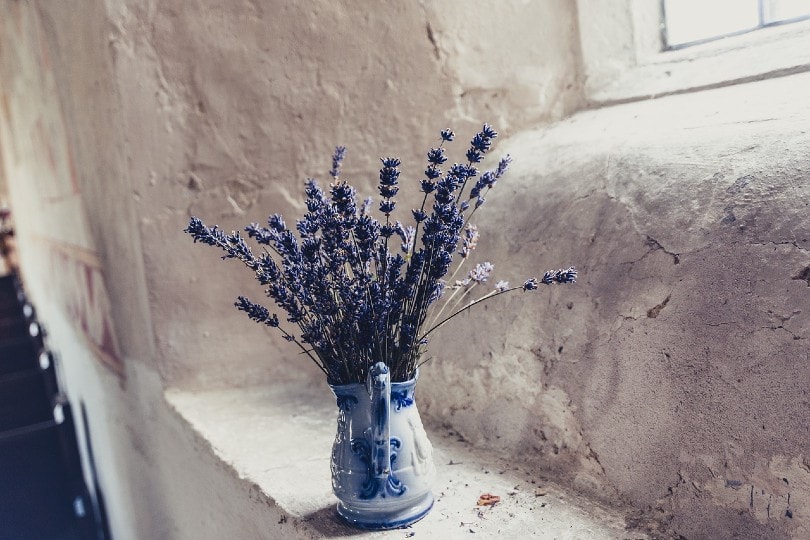
Native to the Old World, lavender is one of the most famed and cherished perennial plants people have in their gardens. On top of being a beautiful flower with a lovely smell, it is also known to help with stress, anxiety, and insomnia. Lavender is a free-spirited flower that flourishes outdoors in full sun. However, when treated properly, it can thrive and blossom indoors as well.
It won’t be as easy as planting it in a backyard garden, though. You’ll have to get the right soil, water it frequently, and find the perfect spot for it. Exposure to light and pruning also matter. So, if you want to master the art of growing lavender indoors, this post is for you! Here, you’ll find tried-and-true tips, tricks, and a detailed guide on how to successfully cultivate this marvelous flower in your home!
| Botanical Name: | Lavandula |
| Soil Type: | Well-drained, well-aerated, sandy, loamy, mildly rich |
| Soil PH: | 6.7–7.3 |
| Sun Exposure: | Full sun (6–8 hours a day) |
| Water: | Low/Medium |
| Temperature: | 45–70º Fahrenheit |
| Hardiness Zone: | 5a–9a USDA |
| In Bloom: | Early spring until late summer |
 Before You Begin: Choosing the Right Lavender Species
Before You Begin: Choosing the Right Lavender Species
How do you grow lavender indoors? Placement, watering, and fertilizing play a key role in this flowering plant’s well-being, and we’ll talk about all that in more detail. But it’s also very important to know which lavender type(s) to pick. There are 47 species of it on planet Earth, and they’re all a bit different from each other. For example, the French lavender is perfect for growing indoors because it adapts easily and smells nice.
The Munstead/English lavender, in turn, is best for tight spaces (it’s tiny and resilient). If you’re looking for an early bloomer, go with the Spanish lavender (blooms in early spring). Finally, folks that live in northern states will appreciate the Canary Island lavender’s resistance to cold, while people over in the south should pick the Grosso lavender instead (flourishes in full sun).
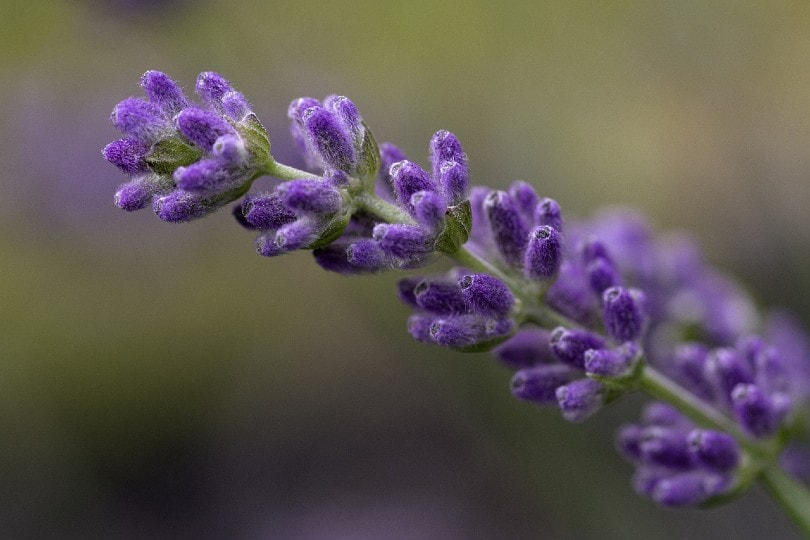
Growing Lavender From Seeds
Most gardeners move their lavenders from an outside garden during the cold days. However, that doesn’t mean you can’t grow this flower indoors “from scratch”. When growing it from seed, a sandy potting mix that drains well is the best way to go. Also, consider using a heat mat for quicker growth. As for watering, the seeds should never be dry. At the same time, don’t overwater them, as that will cause rotting.
On average, this takes 2–3 months. If you do everything right, the seeds will germinate in 3–5 weeks. And when the very first set of leaves appears, you can relocate the seeds from a tiny tray to a full-fledged pot.
Propagating Lavender From Cuttings
If this is your first time trying to grow lavender indoors, but you have it flourishing outdoors, it would be best to go with cuttings. In springtime, only cut the soft tips of lavender shoots; in fall, cut a bit lower, where the woody stems are. Use a sharp knife for this and cut 2-3 inches from any stem you like. Next, “strip” it off the leaves and peel off the skin at the bottom with that same knife.
Next, put the cutting in a pot filled with a seed-starting mix. Add a bit of water and cover the pot with a piece of plastic/heat mat. When you see roots cutting through, remove the plastic. Finally, after a month or so, you can move the lavender to a bigger pot. This flowering plant grows at a moderate pace. You can expect it to gain an inch or two each year. Mature lavender flowers are 2–3 feet tall and 3–4 feet wide.
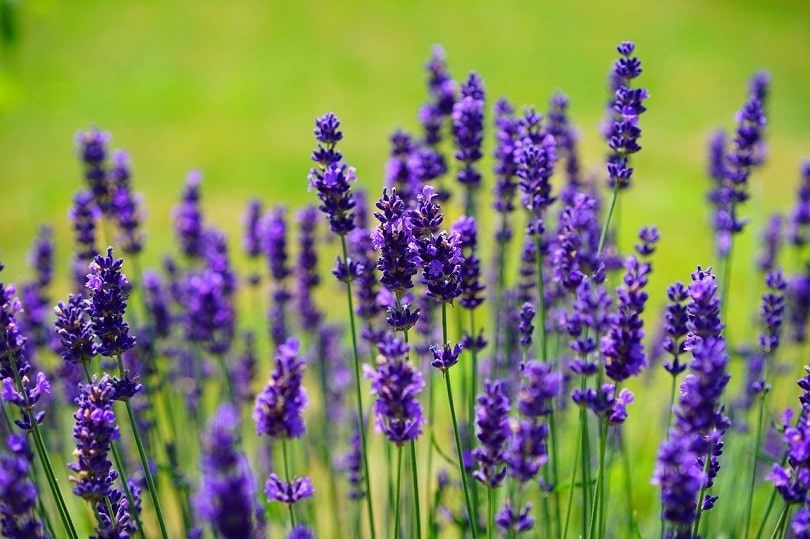
1. Find the Perfect Spot for It
Once the lavender is in a pot, the more sun it gets, the better. Make sure it receives at least 3–4 hours of direct sunlight during the day (preferably 8+ hours). For that, put it near a window that’s facing south. Also, make a habit of rotating the pot once a week or so to ensure uniform growth. Now, when lavender doesn’t get enough sun, it’s very fragile and vulnerable to diseases. Furthermore, it produces tiny leaves.
That’s why you need to think everything through before you start growing this plant. If you live in a gloomy, humid, and rainy area, it will be very hard to provide lavender with sunlight. Thankfully, there is a working solution for that—grow lights. Available for $60–$80, they do a decent job of replacing natural sunlight and can “feed” your plants for up to 16 hours. If you notice any burn marks on the leaves, go for 10–12 hours.
2. Hot or Cold? What’s the Right Temperature?
Lavender loves heat, but when growing it indoors, we recommend putting it in the coldest room available. The goal should be to keep the roots nice and healthy instead of aiming for record growth. For late spring through fall, the ideal temperature for lavender will be 70ºF during the day and 50–55ºF during the night.
When the cold days arrive (late November and the winter months), keep the temperature slightly lower: 60–65ºF day/45–50ºF night. Climatic conditions don’t really have an impact on lavender when growing it indoors. As long as the plants get their fair share of sun and the temperature is within acceptable limits, there’s very little to worry about.

3. Be Conscious About Watering
When watering the lavender, don’t forget to gently rotate the pot to cultivate even growth from all four corners. And remember that waterlogging is one of the biggest enemies of all lavender species. They have a hard time recovering after being overhydrated. Yes, root rot is a very common problem, especially during the winter, and it’s hard to spot as all the “action” takes place deep in the soil.
Lavender prefers well-drained soil. Therefore, let the soil become slightly dry and only then add some water. Don’t leave the soil completely dry for days, either, because you’ll end up with yellow leaves. To check exactly how dry/humid the soil is, dip your finger(s) into it.
4. The Size of the Container
For lavender, pick a pot that’s at least 3–5 inches wider than the root ball of the actual flower. This is done to make sure the roots have enough “room for maneuvers”. Another recommendation: see that the pot has multiple drainage holes. This is one of the most effective ways of preventing root rot. Proper drainage is just as important as sunlight, fertilizing, and, well, watering.
Don’t have a pot with holes just yet? That’s ok. Instead, put a layer or two of gravel at the very bottom of the pot, right underneath the soil. Speaking of water, when you move the seeds from the tray to a pot, water them generously. Keep pouring water until you see it escaping through the holes at the bottom of the pot.
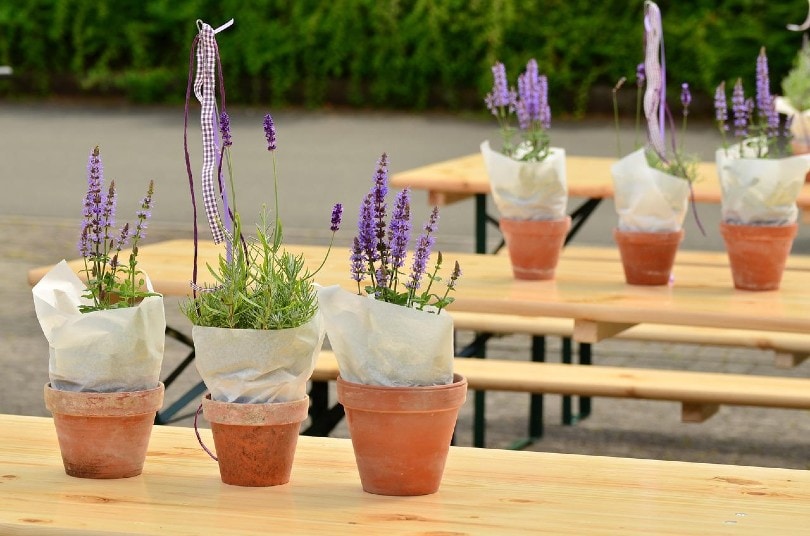
5. Pruning Comes Next
This term is used in agriculture to describe the process of removing “unwanted” parts of a plant. We’re talking about leaves/branches that are exposed to a disease, slow down the growth of the plant, or just don’t look that great. Pruning is a very important part of maintenance, as strategic cutting cultivates growth and breathes new life into the plants.
Do keep in mind, though, that lavender flowers only grow at branch tips and aggressive pruning can have a negative effect. So, how often should you prune lavender, exactly? Do it after the first flowering. Next, cut the leaves once in early/mid-fall before winter arrives. Be careful not to damage the woody part!
6. Fertilizing and Potting
When growing lavender indoors, apply tiny amounts of fertilizer as the flower grows. An all-purpose fertilizer will be just right for this plant. Fertilize it once a year (usually, in early spring) to strengthen its ability to keep pests at bay, withstand diseases, and grow steadily. Lavenders flourish in well-drained, rocky soil.
Adding some limestone to further stimulate growth wouldn’t hurt either. The best soil for lavender is slightly alkaline, with a pH of 6.7–7.3. And what about repotting? Is that even necessary? Yes, it is. Repotting lavender once a year will yield excellent results.
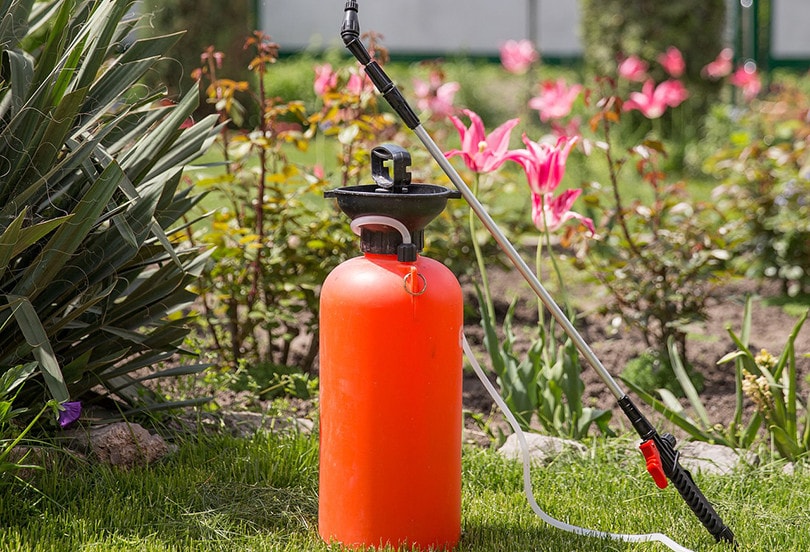
7. Air Circulation/Spacing
To achieve proper airflow, plant lavender flowers at least 2–3 inches apart from each other. This way, you’ll achieve good air circulation for every single flower in the container/pot, which will then cultivate growth. Airflow also helps avoid issues like dry soil that lead to the development of mold. Even if you live in a rather cold area, exposing lavender to 1–2 hours of fresh air is a must.
8. Fighting Off Pests
Lavender is quite resilient to most insects but it’s still vulnerable to certain pests. Let’s take spittlebugs, for example. When they feed on plants, they produce a spittle mass (yes, hence the name). They’re not dangerous to flower plants, but it would still be best to remove these tiny bugs by hand. Whiteflies, in turn, look like moths, and they’re bad news for lavender.
When sucking sap, whiteflies make the leaves turn yellow and even drop. The best remedy here is to blast them off using a spray bottle of water. Next, add a thin layer of anti-insect soap onto the leaves for extra protection. Finally, to keep aphids away, spray the flower with a water/dish soap solution and wipe it with a clean cloth.
9. Is Lavender Safe to Eat? What about Pets?
Don’t let your pets eat this flower, as it can be toxic to a dog or a cat. Lavender poisoning is known to cause vomiting, an upset stomach, a bad appetite, and other side effects. As for humans, lavender is mostly safe, as it’s just an herb. However, if you have a weak stomach, we wouldn’t recommend eating this plant (definitely not in its raw form).
With that said, lavender is widely used in cooking and adds a nice touch to most “boring” dishes. Both the flowers and the leaves are edible. On its own, lavender has a bitter flavor, which you might not like. But, again, as an ingredient, it will work.
10. Should You Move It Outdoors in Spring, or Not?
The short answer is—yes, you should definitely do that if you want it to thrive all year long. Lavender is more resistant to winters than most flowers and can handle 10ºF. Still, it will die when exposed to the cold for a long time. So, before you transition it outdoors, make sure the soil isn’t frozen.
To speed up the growth, add a healthy amount of fertilizer/compost to the soil in your outside garden. And don’t forget to water it well (outdoors, plants always need more water than indoors). Keep the lavender outdoors until late August and bring it back in when the winter days come around.
Why Is My Lavender Dying?
If you notice a lack of growth, yellow leaves, and strange dots and marks on lavender, these are all signs of a dying flower. First, this might be caused by a lack of sunlight. Or, it could be that you’re exposing it to too much light. Overwatering is another common cause, along with poor-quality soil. As long as the soil is nitrogen-rich, you keep it moderately dry, and lavender gets 4–8 hours of sun, you should be good.
Conclusion
Lavender symbolizes grace, purity, and devotion. Since the old days, it’s been prized for its soothing fragrance, bright purple petals, and, of course, healing abilities. When grown outdoors, it is a low-maintenance plant that flourishes in tough conditions. Now, if you want to see it blossom in your bedroom or living room, you have to make sure it gets all the right nutrients to bloom.
There’s nothing hard about this, though, even if you have very little experience with growing flowers indoors. Just follow our guide on watering, fertilizing, pruning, and potting and you’ll end up with a windowsill full of picturesque lavenders in no time!
You May Also Like:
- Can You Grow Eucalyptus Indoors? Tips, Tricks, and How-To Guide
- Can Basil Grow Indoors? Tips, Tricks, and How-To Guide For Growing
Featured Image Credit: StockSnap, Pixabay
Contents
 Before You Begin: Choosing the Right Lavender Species
Before You Begin: Choosing the Right Lavender Species